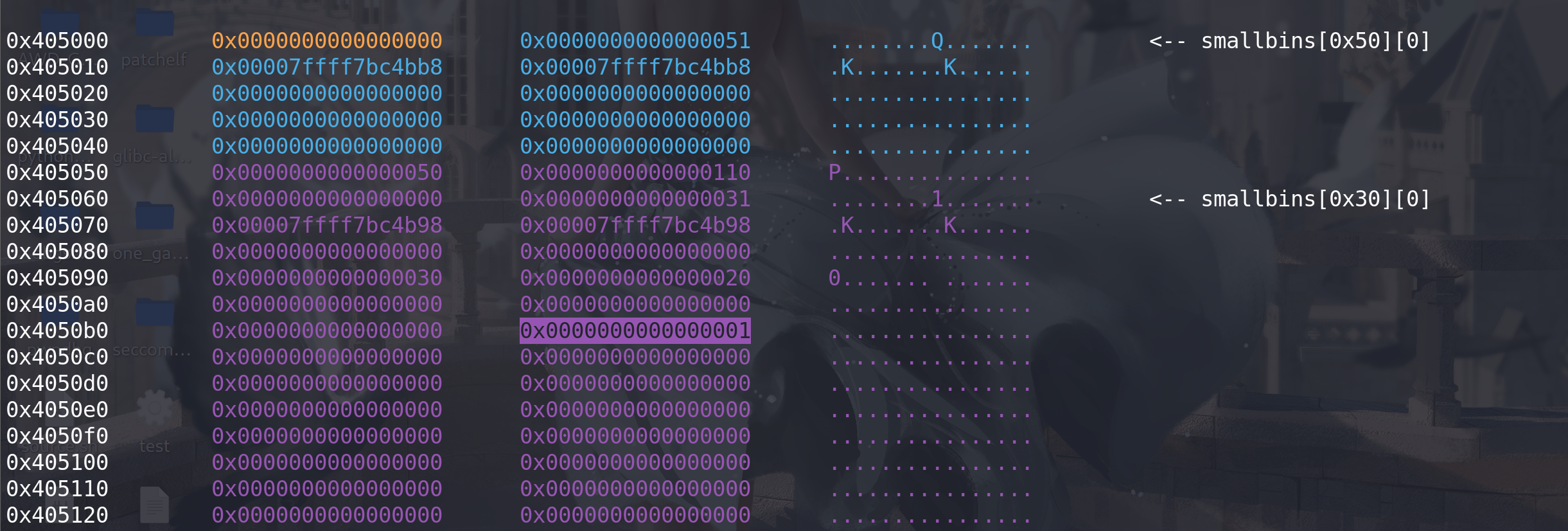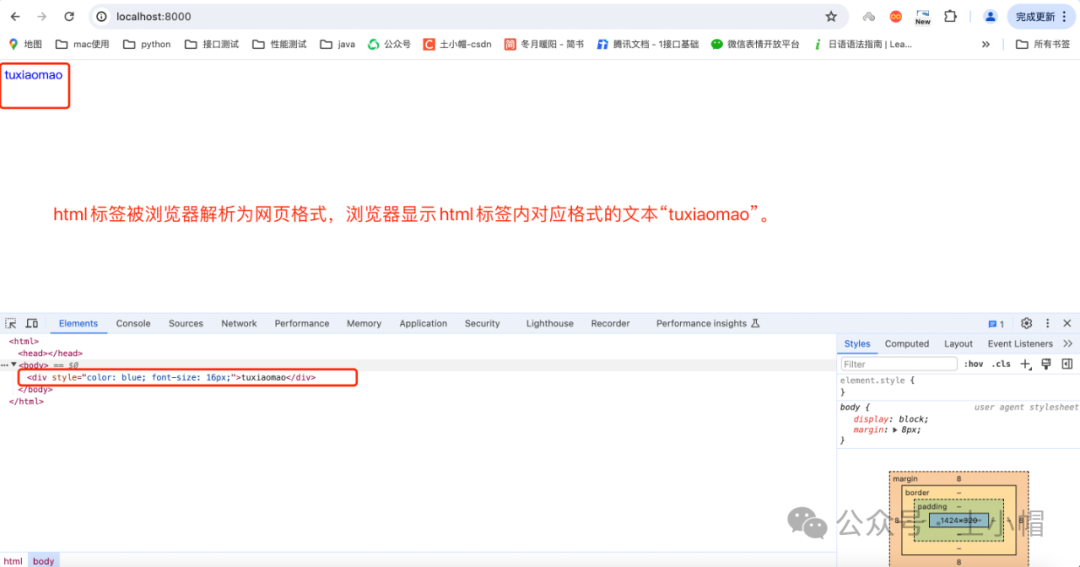
1. 赋值运算符重载
1.1 运算符重载
• 当运算符被⽤于类类型的对象时,C++语⾔允许我们通过运算符重载的形式指定新的含义。C++规定类类型对象使⽤运算符时,必须转换成调⽤对应运算符重载,若没有对应的运算符重载,则会编译报错。• 运算符重载是具有特殊名字的函数,他的名字是由operator和后⾯要定义的运算符共同构成。和其他函数⼀样,它也具有其返回类型和参数列表以及函数体。• 重载运算符函数的参数个数和该运算符作⽤的运算对象数量⼀样多。⼀元运算符有⼀个参数,⼆元运算符有两个参数,⼆元运算符的左侧运算对象传给第⼀个参数,右侧运算对象传给第⼆个参数。• 如果⼀个重载运算符函数是成员函数,则它的第⼀个运算对象默认传给隐式的this指针,因此运算符重载作为成员函数时,参数⽐运算对象少⼀个。• 运算符重载以后,其优先级和结合性与对应的内置类型运算符保持⼀致。• 不能通过连接语法中没有的符号来创建新的操作符:⽐如operator@。• .* :: sizeof ?: . 注意以上5个运算符不能重载。(选择题⾥⾯常考,⼤家要记⼀下)• 重载操作符⾄少有⼀个类类型参数,不能通过运算符重载改变内置类型对象的含义,如: int operator+(int x, int y)• ⼀个类需要重载哪些运算符,是看哪些运算符重载后有意义,⽐如Date类重载operator-就有意义,但是重载operator+就没有意义。• 重载++运算符时,有前置++和后置++,运算符重载函数名都是operator++,⽆法很好的区分。C++规定,后置++重载时,增加⼀个int形参,跟前置++构成函数重载,⽅便区分。• 重载<<和>>时,需要重载为全局函数,因为重载为成员函数,this指针默认抢占了第⼀个形参位置,第⼀个形参位置是左侧运算对象,调⽤时就变成了 对象<<cout,不符合使⽤习惯和可读性。重载为全局函数把ostream/istream放到第⼀个形参位置就可以了,第⼆个形参位置当类类型对象。
#include<iostream>
using namespace std;
class Date
{
public:
Date(int year = 1, int month = 1, int day = 1)
{
_year = year;
_month = month;
_day = day;
}
void Print()
{
cout << _year << "-" << _month << "-" << _day << endl;
}
bool operator==(const Date& d)
{
return _year == d._year
&& _month == d._month
&& _day == d._day;
}
Date& operator++()
{
cout << "前置++" << endl;
//...
return *this;
}
Date operator++(int)
{
Date tmp;
cout << "后置++" << endl;
//...
return tmp;
}
private:
int _year;
int _month;
int _day;
};
int main()
{
Date d1(2024, 7, 5);
Date d2(2024, 7, 6);
// 运算符重载函数可以显⽰调⽤
d1.operator==(d2);
// 编译器会转换成 d1.operator==(d2);
d1 == d2;
// 编译器会转换成 d1.operator++();
++d1;
// 编译器会转换成 d1.operator++(0);
d1++;
return 0;
}1.2 赋值运算符重载
赋值运算符重载是⼀个默认成员函数,⽤于完成两个已经存在的对象直接的拷⻉赋值,这⾥要注意跟拷⻉构造区分,拷⻉构造⽤于⼀个对象拷⻉初始化给另⼀个要创建的对象。
赋值运算符重载的特点:
1. 赋值运算符重载是⼀个运算符重载,规定必须重载为成员函数。赋值运算重载的参数建议写成
const 当前类类型引⽤,否则会传值传参会有拷⻉
2. 有返回值,且建议写成当前类类型引⽤,引⽤返回可以提⾼效率,有返回值⽬的是为了⽀持连续赋值场景。
3. 没有显式实现时,编译器会⾃动⽣成⼀个默认赋值运算符重载,默认赋值运算符重载⾏为跟默认拷⻉构造函数类似,对内置类型成员变量会完成值拷⻉/浅拷⻉(⼀个字节⼀个字节的拷⻉),对⾃定义类型成员变量会调⽤他的赋值重载函数
4. 像Date这样的类成员变量全是内置类型且没有指向什么资源,编译器⾃动⽣成的赋值运算符重载就 可以完成需要的拷⻉,所以不需要我们显⽰实现赋值运算符重载。像Stack这样的类,虽然也都是 内置类型,但是_a指向了资源,编译器⾃动⽣成的赋值运算符重载完成的值拷⻉/浅拷⻉不符合我 们的需求所以需要我们⾃⼰实现深拷⻉(对指向的资源也进⾏拷⻉)。像MyQueue这样的类型内部 主要是⾃定义类型Stack成员,编译器⾃动⽣成的赋值运算符重载会调⽤Stack的赋值运算符重载,也不需要我们显⽰实现MyQueue的赋值运算符重载。这⾥还有⼀个⼩技巧,如果⼀个类显⽰实现了析构并释放资源,那么他就需要显⽰写赋值运算符重载,否则就不需要。
1.3 ⽇期类实现
代码如下:
(头文件)
#pragma once
#include<iostream>
using namespace std;
#include<assert.h>
class Date
{
// 友元函数声明
friend ostream& operator<<(ostream& out, const Date& d);
friend istream& operator>>(istream& in, Date& d);
public:
Date(int year = 1900, int month = 1, int day = 1);
void Print() const;
// 直接定义类⾥⾯,他默认是inline
// 频繁调⽤
int GetMonthDay(int year, int month)
{
assert(month > 0 && month < 13);
static int monthDayArray[13] = { -1, 31, 28, 31, 30, 31, 30,
31, 31, 30, 31, 30, 31 };
// 365天 5h +
if (month == 2 && (year % 4 == 0 && year % 100 != 0) || (year
% 400 == 0))
{
return 29;
}
else
{
return monthDayArray[month];
}
}
bool CheckDate();
bool operator<(const Date& d) const;
bool operator<=(const Date& d) const;
bool operator>(const Date& d) const;
bool operator>=(const Date& d) const;
bool operator==(const Date& d) const;
bool operator!=(const Date& d) const;
// d1 += 天数
Date& operator+=(int day);
Date operator+(int day) const;
// d1 -= 天数
Date& operator-=(int day);
Date operator-(int day) const;
// d1 - d2
int operator-(const Date& d) const;
// ++d1 -> d1.operator++()
Date& operator++();
// d1++ -> d1.operator++(0)
// 为了区分,构成重载,给后置++,强⾏增加了⼀个int形参
// 这⾥不需要写形参名,因为接收值是多少不重要,也不需要⽤
// 这个参数仅仅是为了跟前置++构成重载区分
Date operator++(int);
Date& operator--();
Date operator--(int);
// 流插⼊
// 不建议,因为Date* this占据了⼀个参数位置,使⽤d<<cout不符合习惯
//void operator<<(ostream& out);
private:
int _year;
int _month;
int _day;
};
// 重载
ostream& operator<<(ostream& out, const Date& d);
istream& operator>>(istream& in, Date& d);// Date.cpp
#include"Date.h"
bool Date::CheckDate()
{
if (_month < 1 || _month > 12
|| _day < 1 || _day > GetMonthDay(_year, _month))
{
return false;
}
else
{
return true;
}
}
Date::Date(int year, int month, int day)
{
_year = year;
_month = month;
_day = day;
if (!CheckDate())
{
cout << "⽇期⾮法" << endl;
}
}
void Date::Print() const
{
cout << _year << "-" << _month << "-" << _day << endl;
}
// d1 < d2
bool Date::operator<(const Date& d) const
{
if (_year < d._year)
{
return true;
}
else if (_year == d._year)
{
if (_month < d._month)
{
return true;
}
else if (_month == d._month)
{
return _day < d._day;
}
}
return false;
}
// d1 <= d2
bool Date::operator<=(const Date& d) const
{
return *this < d || *this == d;
}
bool Date::operator>(const Date& d) const
{
return !(*this <= d);
}
bool Date::operator>=(const Date& d) const
{
return !(*this < d);
}
bool Date::operator==(const Date& d) const
{
return _year == d._year
&& _month == d._month
&& _day == d._day;
}
bool Date::operator!=(const Date& d) const
{
return !(*this == d);
}
// d1 += 50
// d1 += -50
Date& Date::operator+=(int day)
{
if (day < 0)
{
return *this -= -day;
}
_day += day;
while (_day > GetMonthDay(_year, _month))
{
_day -= GetMonthDay(_year, _month);
++_month;
if (_month == 13)
{
++_year;
_month = 1;
}
}
return *this;
}
Date Date::operator+(int day) const
{
Date tmp = *this;
tmp += day;
return tmp;
}
// d1 -= 100
Date& Date::operator-=(int day)
{
if (day < 0)
{
return *this += -day;
}
_day -= day;
while (_day <= 0)
{
--_month;
if (_month == 0)
{
_month = 12;
_year--;
}
// 借上⼀个⽉的天数
_day += GetMonthDay(_year, _month);
}
return *this;
}
Date Date::operator-(int day) const
{
Date tmp = *this;
tmp -= day;
return tmp;
}
//++d1
Date& Date::operator++()
{
*this += 1;
return *this;
}
// d1++
Date Date::operator++(int)
{
Date tmp(*this);
*this += 1;
return tmp;
}
Date& Date::operator--()
{
*this -= 1;
return *this;
}
Date Date::operator--(int)
{
Date tmp = *this;
*this -= 1;
return tmp;
}
// d1 - d2
int Date::operator-(const Date& d) const
{
Date max = *this;
Date min = d;
int flag = 1;
if (*this < d)
{
max = d;
min = *this;
flag = -1;
}
int n = 0;
while (min != max)
{
++min;
++n;
}
return n * flag;
}
ostream& operator<<(ostream& out, const Date& d)
{
out << d._year << "年" << d._month << "⽉" << d._day << "⽇" << endl;
return out;
}
istream& operator>>(istream& in, Date& d)
{
cout << "请依次输⼊年⽉⽇:>";
in >> d._year >> d._month >> d._day;
if (!d.CheckDate())
{
cout << "⽇期⾮法" << endl;
}
return in;
} Test.cpp
#include"Date.h"
void TestDate1()
{
// 这⾥需要测试⼀下⼤的数据+和-
Date d1(2024, 4, 14);
Date d2 = d1 + 30000;
d1.Print();
d2.Print();
Date d3(2024, 4, 14);
Date d4 = d3 - 5000;
d3.Print();
d4.Print();
Date d5(2024, 4, 14);
d5 += -5000;
d5.Print();
}
void TestDate2()
{
Date d1(2024, 4, 14);
Date d2 = ++d1;
d1.Print();
d2.Print();
Date d3 = d1++;
d1.Print();
d3.Print();
/*d1.operator++(1);
d1.operator++(100);
d1.operator++(0);
d1.Print();*/
}
void TestDate3()
{
Date d1(2024, 4, 14);
Date d2(2034, 4, 14);
int n = d1 - d2;
cout << n << endl;
n = d2 - d1;
}
void TestDate4()
{
Date d1(2024, 4, 14);
Date d2 = d1 + 30000;
// operator<<(cout, d1)
cout << d1;
cout << d2;
cin >> d1 >> d2;
cout << d1 << d2;
}
void TestDate5()
{
const Date d1(2024, 4, 14);
d1.Print();
//d1 += 100;
d1 + 100;
Date d2(2024, 4, 25);
d2.Print();
d2 += 100;
d1 < d2;
d2 < d1;
}
int main()
{
return 0;
}完



















